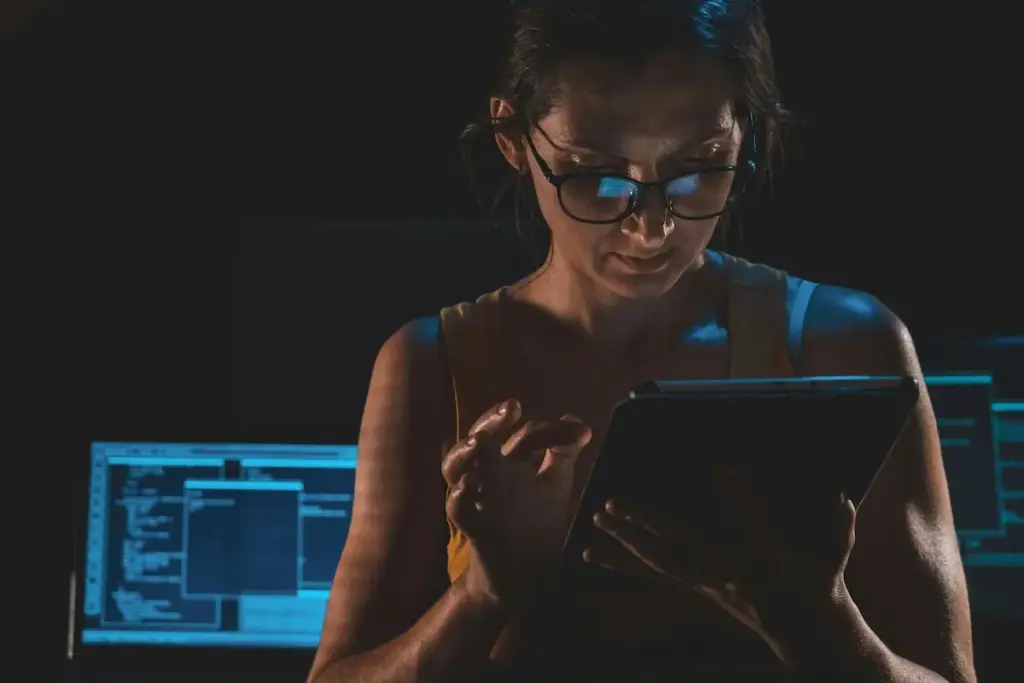This would be increased security from passive liveness detection as the assurance of real-time samples of biometrics and not spoofed is involved in biometric verification systems. While passive liveness methods work in the background by assessing the biometric data during the process, active checks involve liveness checks that are user-participatory. This capability greatly enhances the resilience of systems to spoofing attacks, where fake biometric inputs, photographs, or masks, are used to bypass defenses. Through integration with a vast range of biometric models, such as facial recognition, fingerprint scanning, and iris recognition, organizations can further strengthen their security frameworks while delivering an easy experience for users. The secret to such robust biometric verification lies in the knowledge of how to effectively place passive liveness into these models.
Incorporating Passive Liveness with Facial Recognition
Facial recognition technology is probably one of the most widely used biometric models today. Adding passive liveness detection to facial recognition systems increases security by ensuring the reality of the faces analyzed rather than digital reproductions. Analysts often rely on slight movements of the face or changes in illumination in making such determinations. For instance, advanced algorithms will be capable of a 3D structure analysis for a face and thus establish depth and changes in contours that cannot be well represented in images and videos. Also, the use of models based on machine learning properly can improve the accuracy of passive liveness checks and hence prevent attackers from misusing facial recognition systems as it is. Therefore, this two-way combination of passive liveness with facial recognition is quite a big impediment to identity theft and fraud.
Passive Liveness in Fingerprint Scanning
Fingerprint recognition is one of the basic concepts of biometric verification even to date. With passive liveness detection, systems can now significantly reduce spoofing attacks using silicone molds or even printed fingerprints. One is the assessment of activity on a user’s fingertip sweat gland wherein this can be picked up during scanning. Moisture presence can be detected by sensors, thus indicating that the fingerprint is actually from a live person. Advanced techniques in imaging, such as multispectral imaging, may further allow the detection of features of living skin, like blood flow and skin texture. These could provide a more reliable fingerprint verification process: only legitimate users get access.
Increasing Iris Recognition with Passive Liveness
What makes iris recognition particularly accurate and secure is its high success rate. Combining this with passive liveness detection increases the robustness of iris biometric verification. It can be achieved by analyzing involuntary blinking or slight eye focus displacement. The high-resolution cameras at the time of scanning can detect these movements, confirming it’s indeed the eye of a live person from whom the scan was taken. Indeed, through algorithms, a real-time unique iris pattern and color can be evaluated against a photograph and distinguish between real irises and photographed ones. In conjunction, iris recognition systems may easily provide an extra level of security through passive liveness checks.
Applications of Passive Liveness in Multi-Modal Biometric Systems
This multi-modal system derives its benefits from taking advantage of multiple modalities to enhance the accuracy and security of the system. The passive liveness detection introduced in these systems proves to be quite effective. For instance, facial recognition can be integrated with fingerprint scanning for a more holistic approach in terms of liveness verification. It is possible to have simultaneous checks on both of the modalities for the authenticity of each sample in such a system. This multi-dimensional approach further makes it difficult for hackers to bypass security measures. Besides, the use of advanced analytics will help speed the processing of biometric data in a way that provides quicker and more accurate liveness verification. Passive liveness in multi-modal systems offers highly advanced biometric security.
Future Trends in Passive Liveness Detection
That applies to the trend with technology on its passage because biometric verification technologies may as well evolve to be applied for passive liveness detection. Such future trends depend on artificial intelligence and machine learning, therefore, establishing more refined accuracy and reliability in passive checks of liveness. These technologies analyze tremendous biometric data and identify patterns and anomalies reflecting liveness. Moreover, sensor advancements will also allow passive liveness detection to be incorporated into generic appliances such as smartphones and even personal wearable technology. As it is this comfort without security that remains the demand of consumers, the engineers are going to have to develop more sophisticated passive liveness detection for biometric verification to realize its future.
Wrapping It Up
Passive liveness detection must be incorporated into various biometric models, and it is indispensable in an increasingly secure and fraud-proof process. Organizations can leverage adapted methodologies for various biometric modalities to engineer dependable systems that prevent spoofing attacks and offer an intuitive usage experience. The necessity to incorporate this would have been much more pressing with advancing technologies, opening up new, effective, and user-friendly mechanisms of biometric verification. Such emphasis on passive liveness will enhance the proficiency of a system and, in the first place, guide the users toward believing in biometric technologies.







